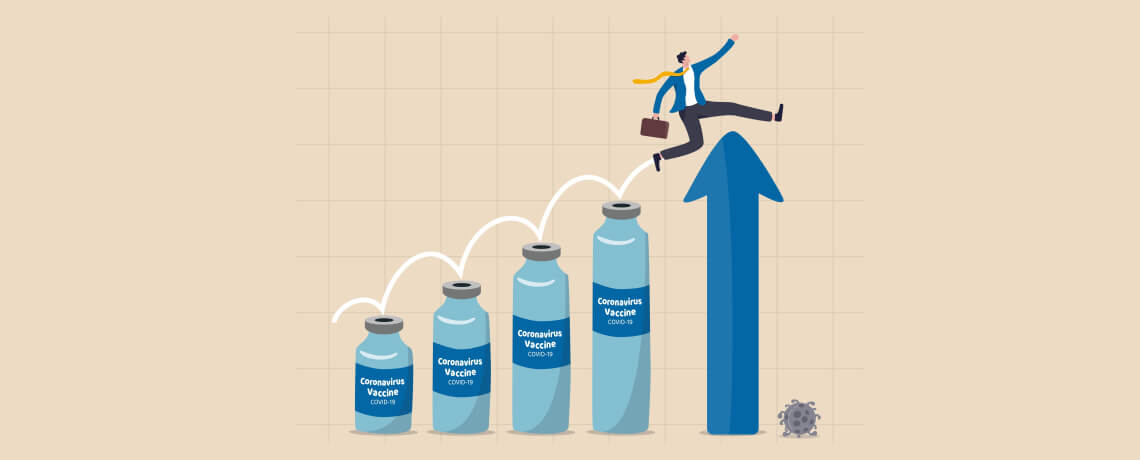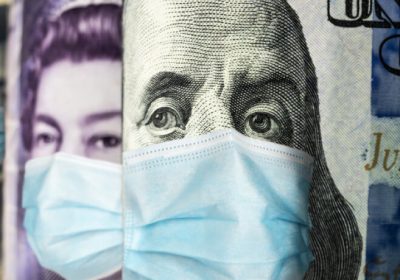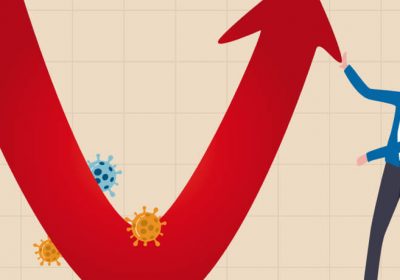
- Author: Stephen Koukoulas
- Posted: February 8, 2021
Unexpected Strength of the Economic Recovery
By Stephen Koukoulas
In the six months from March to September 2020, there was general economic gloom surrounding the prospects for the Australian economy.
The gloom was well founded.
Whilst the health effects of the COVID-19 pandemic were having only a relatively small impact on Australian society, the lockdowns, border closures, social distancing rules and fragile consumer and business confidence were undermining growth. GDP and employment slumped and there were concerns about how the economy could pick up while ever the coronavirus remained unchecked.
In response to these troubling times, fiscal policy was eased with a record lift in government spending and a record budget deficit, the RBA cut interest rates to 0.1 per cent, undertook quantitative easing and targeted 3 year government bond yields at 0.1 per cent.
Containing COVID-19 and easier policy were the keys to repairing the economy.
Over the final months of 2020 and the early stages of 2021, as there was a broad easing of many of the COVID-19 related restrictions, the economy turned. Aided by buoyant commodity prices and exports, consumers ramped up their spending, housing surged and the pace of the overall recovery was unexpectedly strong.
In terms of the key indicators, retail spending rose 9.4 per cent in the year to December. After free-falling in the middle of 2020, residential building approvals have surged over 40 per cent to be at a two year high. Business and consumer sentiment have rebounded to be back to the pre-COVID-19 levels. New motor vehicle sales have also recovered to be up over 11 per cent in annual terms in January. House prices also resumed a mild upturn.
Having falling more than 7 per cent in the first half of 2020, GDP is likely to have risen by 6 per cent in the second half of the year.
2021 is set to record solid GDP growth of around 3.5 per cent, which is better than it looks given the slump in immigration which will see population growth of just 0.2 per cent, well down on the 1.6 per cent annual growth pre-COVID-19.
This better news has also shown up in the labour market. The number of job advertisements is now above the pre-COVID-19 levels as demand for workers has improved. Total employment has risen by around 750,000 from the low point in 2020, which translates to around 90 per cent of the ‘lost’ jobs now regained with employment forecast to reach pre-COVID-19 levels by the middle of 2021.
The unemployment rate, which was forecast to hit 10 per cent, peaked at 7.5 per cent and actually ended 2020 at 6.6 per cent. While materially better than expected, the unemployment rate is still around 1.5 percentage points above the pre-COVID-19 rate.
There remain concerns about wages growth, which sank to a record low annual increase of just 1.3 per cent in the September quarter. This lack of income growth risks acting as a handbrake on consumer spending into 2021 despite the better news more broadly.
At its February Board meeting, the RBA signalled the importance of a lift in wages growth in driving a longer run, sustained economic recovery. For that to occur, the unemployment rate needs to fall to below 5 per cent which in turn will require an extended period of above trend growth.
It has estimated that it will be at least three years before these dynamics emerge. In other words, the RBA has signalled that interest rates will remain just above zero until 2024.
One major structural change in the Australian economy, which has yet to be fully factored into many assessments about the outlook, is the decline in net immigration.
This will have medium term implications for housing and consumer spending in particular.
With borders effectively closed for international arrivals to Australia, population growth in the 2021 and probably into 2022 will slip with this shortfall of people meaning less demand for new houses, which bodes poorly for the construction sector, and restricts consumer spending to the existing population.
It also means that Australia’s potential rate of economic growth is now less than 2 per cent, rather than near 3 per cent prior to COVID-19. This will have implications for medium to long run corporate planning.
Overall, the good news on the economy is most welcome, but it does not yet mean it is poised for a near-term return to full health.
The ending of JobKeeper payments in March, uncertainty over the global growth outlook and on-going low wages growth remain negative threats to the outlook.
But with interest rates remaining near zero and a successful roll out of the COVID-19 vaccination, there are grounds for relative optimism.
In coming months, the economic focus will turn to the take up of vaccination and the Federal Budget in May.








